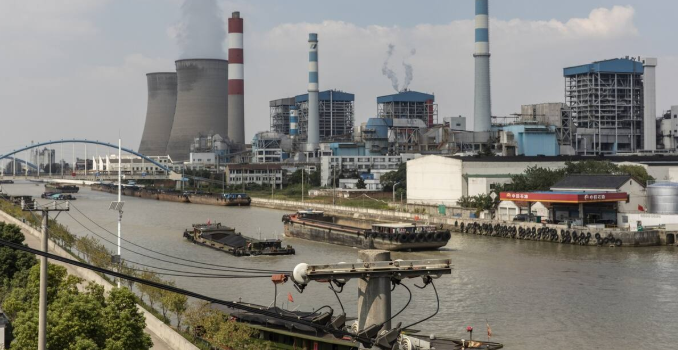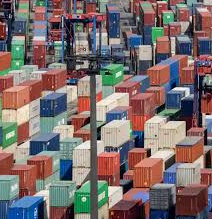Energy Crisis Impacts Manufacturing and Households Across the Country
China’s ongoing energy crisis, driven by stricter emissions standards and a shortage of coal supplies, has significantly disrupted heavy industries and raised concerns about the nation’s economic outlook. This energy crunch has forced production cuts across key sectors such as aluminium, cement, and steel, threatening to reduce GDP growth in the final quarter of 2021, according to analysts.
To meet its climate targets, China aims to reduce energy intensity by 3% this year. However, only 10 out of 30 regions achieved their energy goals in the first half of 2021. Tight enforcement of emissions standards, compounded by surging coal prices, has deepened the power shortages, creating ripple effects both domestically and globally. Morgan Stanley estimates that prolonged production cuts could reduce GDP growth by 1% in Q4.
The industrial slowdown comes at a time when China’s economic recovery from the Covid-19 pandemic has begun to lose momentum. Sectors including paper, glass, and chemicals are also at risk of facing supply disruptions, further straining global supply chains. Analysts at Nomura have downgraded China’s GDP forecast for 2021 to 7.7%, down from an earlier projection of 8.2%.
The primary cause of the power crunch is a shortage of coal, which remains China’s dominant energy source. Domestic coal production has been hampered by enhanced safety regulations, while imports from Indonesia have declined due to adverse weather conditions. In response, the National Energy Administration has urged coal and gas producers to ramp up output to meet winter heating demands.
The crisis has also spilled over into residential areas in northeastern provinces, with Liaoning and Heilongjiang implementing power rationing. In cities like Huludao, residents are being asked to limit the use of high-energy appliances during peak hours, and shopping malls in Harbin have shortened their operating hours.
The effects of the power shortages are far-reaching, impacting businesses ranging from aluminium and chemical producers to furniture and textile manufacturers. Nomura warns that global markets could feel the strain, with potential shortages in products like textiles, toys, and machine parts.
Efforts to stabilise energy supplies include emergency meetings among major coal producers to address shortages and curb price surges. However, the broader implications of the crisis highlight the challenges China faces as it balances economic growth with its ambitious climate goals to peak carbon emissions by 2030 and achieve net zero by 2060.








